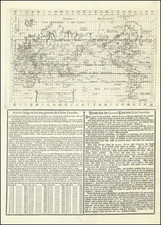Fine specialized world map prepared under the direction of the Department of Defense by the Aeronautical Chart and Information Center (ACIC) of the United States Air Force for the National Aeronautics and Space Administration (NASA). This chart was designed specifically for the Apollo 8 mission, the first crewed spacecraft to orbit the Moon, which launched on December 21, 1968.
Marked as the 1st Edition and dated November 25, 1968, the chart was lithographed by ACIC in November 1968. Its primary purpose is to provide essential information for planning the re-entry and recovery of the Apollo 8 spacecraft after its deep space mission. The chart displays potential recovery areas and trajectories, helping mission control personnel coordinate the recovery efforts and ensure the safety of astronauts Frank Borman, James Lovell, and William Anders upon their return to Earth.
The Deep Space Re-Entry Recovery Planning Chart (NDR) Apollo Mission 8 played a significant role in the success of the Apollo 8 mission, as it helped facilitate the safe recovery of the crew and spacecraft after their historic journey around the Moon. The mission's success was a vital milestone in NASA's Apollo program, setting the stage for the subsequent lunar landing missions.
Apollo 8 was a groundbreaking mission in NASA's Apollo program, launched on December 21, 1968. It marked the first time a crewed spacecraft orbited the Moon, paving the way for future lunar landing missions. Astronauts Frank Borman, James Lovell, and William Anders embarked on a six-day journey, becoming the first humans to travel beyond low Earth orbit and witness the Earthrise over the lunar horizon. During their ten orbits around the Moon, the crew captured stunning photographs, conducted experiments, and broadcast live television images back to Earth. The success of the Apollo 8 mission demonstrated the capability of the Apollo spacecraft and the Saturn V rocket, instilling confidence in NASA's ability to achieve their ambitious goal of landing humans on the Moon.











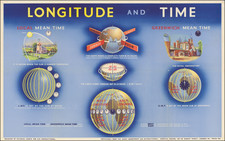
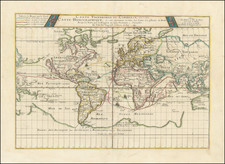
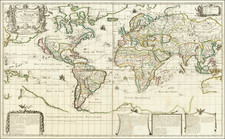
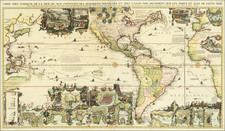
![[ Scandinavian Airlines and Northwest Airlines Route Map ] make your business trip a dream trip . . .](https://storage.googleapis.com/raremaps/img/small/101758.jpg)
